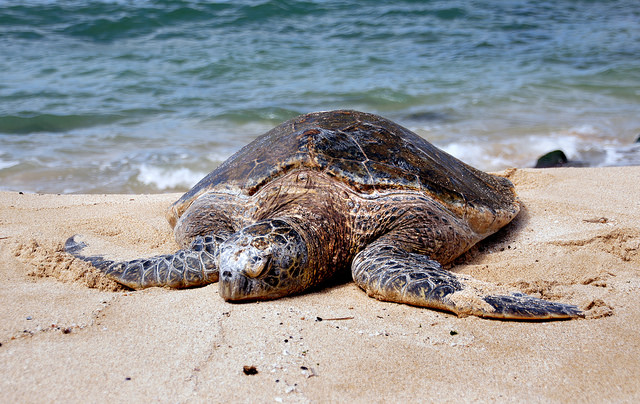Cape Cod’s Sea Turtles
November 30, 2018
As Christmas becomes to near, sea turtles begin to migrate to warmer waters. However, currently, it seems that the gulf of Maine has warmer waters than any other place. With warmer waters in the North as a result of climate change, sea turtles have begun to migrate upwards.
Unfortunately, because of the hook shape of Cape Cod, many turtles were trapped in the freezing waters as the temperature in the North dropped. Due to the fact that the turtles are ectothermic, or dependent on external heat for their bodies to function, their systems begin to shut down. Then, since they can’t swim, they’re easily pushed by strong winds toward the shore or shallower waters where they have an even higher chance of freezing to death. The process is referred to as “cold-stunning.”
As of Monday morning, a total of 584 turtles have been rescued frozen from slushy ice waters or from the shore. Of those turtles, 340 were found alive and 244 were dead. Robert Prescott, director of Massachusetts Audubon Society’s Wellfleet Bay Wildlife Sanctuary, told the Cape Cod Times that some of them were frozen with their flippers in different swimming positions.
Among the numbers were the most endangered species of turtles in the world, Kemp’s ridleys which were the majority of the turtles found. Some of the sea turtles that were found alive were sent to the New England Aquarium or the Audubon wildlife center for treatment and with the rising number of cold stunned turtles, the number of rescues is only expected to increase.

